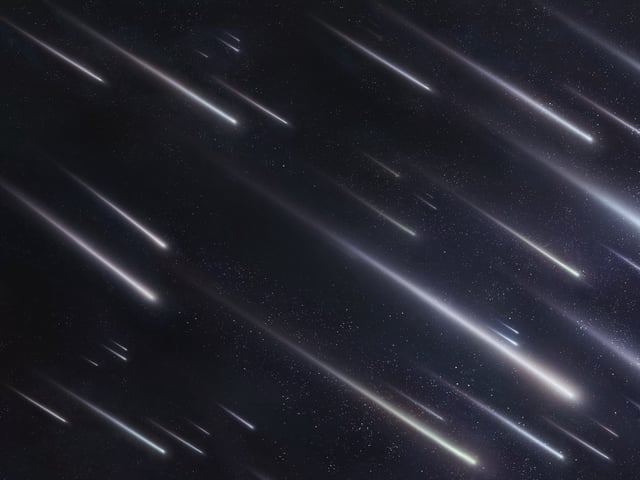Overview
- On Sept. 8, the Moon passed 4° north of Saturn at 4 p.m. EDT and 3° north of Neptune at 6 p.m. EDT, with Saturn easy to see by eye and Neptune requiring optics in Pisces.
- A pre-dawn lineup of Venus, Jupiter, Saturn, Neptune and Uranus remains visible for weeks, with the best viewing about 45 minutes before local sunrise.
- Only Venus, Jupiter and Saturn are visible without aid, while Neptune and Uranus need binoculars or a small telescope to pick out in the twilight.
- Saturn and Neptune brighten toward their late-September oppositions, with Uranus to follow in November, making the next several weeks the year’s best time for telescopic views.
- The Epsilon Perseid meteor shower peaks before dawn on Sept. 9 with roughly five meteors per hour, and a similar multi-planet grouping is not expected again until October 2028.



